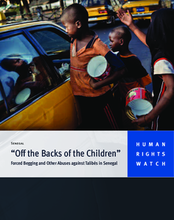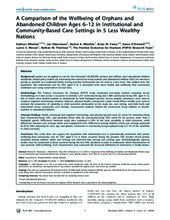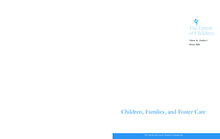Displaying 611 - 620 of 726
This report is based on 11 weeks of field research in Senegal and Guinea-Bissau between November 2009 and February 2010.
In response to the increased social exclusion affecting youth leaving care, Amici de Bambini developed Matrix of Guidelines for Life after Institutional Care, which can be used to increase the likelihood of social inclusion for young people who have been released from the child protection system.
This new report from the Annie E. Casey Foundation outlines initiatives in four sites to help child welfare systems reduce institutional placements, improve outcomes, and support community services by changing the array of services, frontline practice, finances, performance management, and policy
Regulations and tools designed to create the basis for reforming welfare institutions for the safe and appropriate administration of alternative care.
This article explores the experience of institutionalization of Romanian children and Bronfenbrenner’s Ecological System Theory.
The study covers all residential child care institutions operating in Armenia, with the purpose of creating a basic baseline for further analysis required for the progressive reduction of placement of children and the development of alternative child care services. The aim of the assessment is to verify the situation of each child in relation to their families, and the respect of their entitlements related to their specific condition.
Global policy makers are advocating that institution-living orphans and abandoned children (OAC) be moved as quickly as possible to a residential family setting and that institutional care be used as a last resort.
As a result of the HIV/AIDS pandemic, there are now more than 12 million orphans in sub-Saharan Africa. The majority of these children have been absorbed into their extended families.
Provides global estimates of the number of highly vulnerable children; a summary of United States Government (USG) assistance programs for highly vulnerable children; a summary of progress coordinating the response among USG agencies; key strategic issues and opportunities; priorities for 2009–2010 and beyond; and a summary of the results and achievements of USG assistance
This report from Save the Children outlines recommendations to governments and donors in order to ensure that positive childcare and protection practices are pursued at every level.









